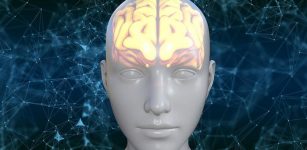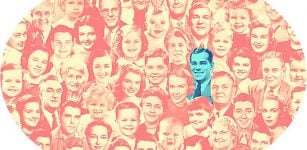US Scientists Have Mapped Out How The Brain Organizes Language
MessageToEagle.com – Will a map of the brain be able to decode people’s inner thoughts?
Where exactly are the words in your head? Scientists have created an interactive map showing which brain areas respond to hearing different words. The map reveals how language is spread throughout the cortex and across both hemispheres, showing groups of words clustered together by meaning.
The beautiful interactive model allows us to explore the complex organisation of the enormous dictionaries in our heads.

A team of UC Berkeley neuroscientists built a “semantic atlas” that shows in vivid colors and multiple dimensions how the human brain organizes language.
The atlas identifies brain areas that respond to words that have similar meanings.
The study’s results show that at least one-third of the brain’s cerebral cortex (the outer layer), including areas dedicated to high-level cognition, is involved in language processing.
The study also shows that different people share similar language maps – ‘semantic maps’.
One day, these detailed maps could eventually help give voice to those who cannot speak, such as victims of stroke or brain damage, or motor neuron diseases such as ALS.
Not surprisingly, the maps show that many areas of the human brain represent language that describes people and social relations rather than abstract concepts.
“Our semantic models are good at predicting responses to language in several big swaths of cortex,” said study lead author Alex Huth, a postdoctoral researcher in neuroscience at UC Berkeley, in a press release.
“But we also get the fine-grained information that tells us what kind of information is represented in each brain area. That’s why these maps are so exciting and hold so much potential.”
Study senior author Jack Gallant, a UC Berkeley neuroscientist, said that although the maps are broadly consistent across individuals, there are also substantial individual differences.
“We will need to conduct further studies across a larger, more diverse sample of people before we will be able to map these individual differences in detail,” he said.
While mind-reading technology remains far off on the horizon, charting how language is organized in the brain brings the decoding of inner dialogue a step closer to reality, the researchers said.
The findings, published today in the journal Nature.
MessageToEagle.com
Expand for referencesReferences:










